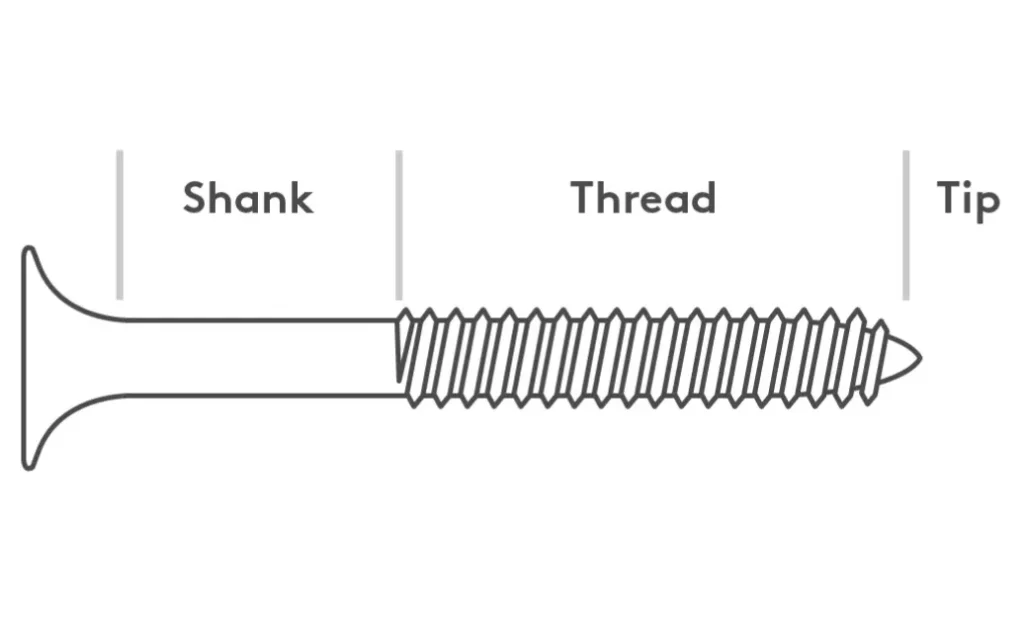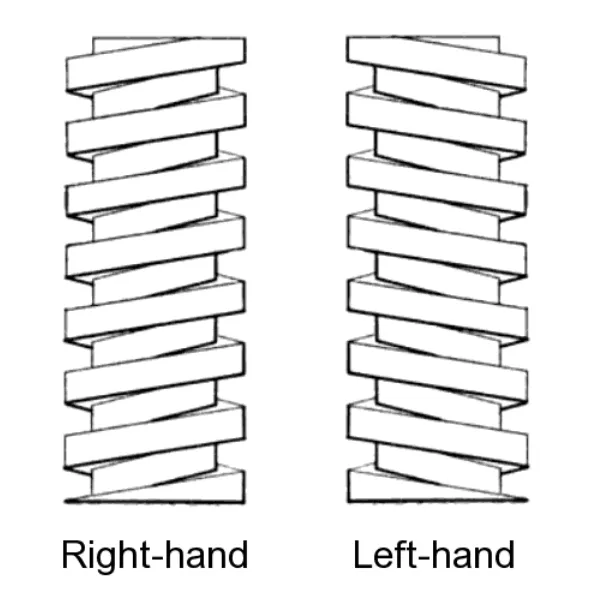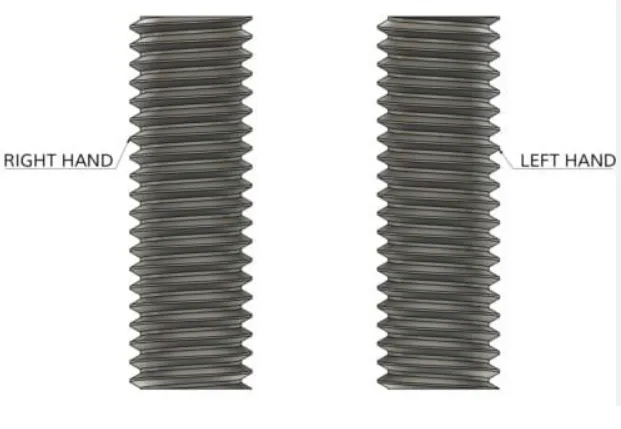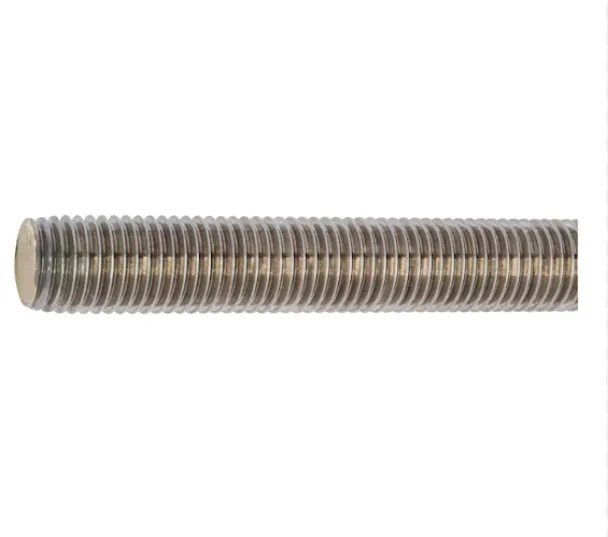Left-hand threads, often referred to as left-hand screws or reverse threads, play a crucial role in various mechanical applications. Unlike standard right-hand threads, which tighten when turned clockwise, left-hand threads require a counterclockwise rotation to tighten. This unique characteristic makes them essential in specific settings where conventional right-hand threads may become loose due to motion or vibration.
 One of the most common applications of left-hand threads is found in bicycles. The left pedal of a bicycle is typically designed with a left-hand thread. This design prevents the pedal from unwinding during pedaling, as the natural motion of cycling would otherwise cause a right-hand threaded pedal to loosen. Similarly, left-hand threads are also utilized in certain types of machinery and automotive components, such as torsion bars and high-stress applications where vibration is prevalent.
One of the most common applications of left-hand threads is found in bicycles. The left pedal of a bicycle is typically designed with a left-hand thread. This design prevents the pedal from unwinding during pedaling, as the natural motion of cycling would otherwise cause a right-hand threaded pedal to loosen. Similarly, left-hand threads are also utilized in certain types of machinery and automotive components, such as torsion bars and high-stress applications where vibration is prevalent.
The design of left-hand threads involves a spiral groove that runs in the opposite direction compared to right-hand threads. This means that when installing a left-hand threaded component, one must orient it in a counterclockwise direction to achieve a proper fit. This can sometimes cause confusion for individuals who may not be familiar with the distinction between the two thread types, leading to improper installations.

Understanding the significance of left-hand threads extends beyond mechanical applications; it infiltrates daily life as well. For example, many nuts and bolts in specialty tools, such as certain types of plumbing fixtures or wheel attachments, utilize left-hand threads to ensure security and prevent accidental loosening. This design consideration enhances the reliability of the assembly while promoting user safety.
In manufacturing and engineering discussions, left-hand threads are often considered an integral part of the design process. Engineers must account for thread direction when designing components that will be subjected to mechanical stress or movement. Failure to do so can lead to increased maintenance requirements, safety hazards, and costly replacements. As such, professionals in industries including automotive, aerospace, and heavy machinery must have a firm grasp of both left-hand and right-hand thread applications.

When it comes to identifying left-hand threads, there are several methods. In some cases, manufacturers will clearly mark left-hand threaded components with specific identifiers, such as a marking on the body or packaging. However, when in doubt, consulting technical specifications or charts can provide insight into the thread direction, ensuring the correct parts are used in an assembly.

In conclusion, left-hand threads are not just a trivial aspect of mechanical design; they serve a critical function in ensuring the safety and reliability of various applications. Their unique characteristics cater to specific needs in mechanical assemblies, making them indispensable in the realms of engineering and manufacturing. Understanding how and where to apply left-hand threads is essential for anyone involved in the production, maintenance, or operation of threaded components. As industries continue to evolve, the importance of these threads will only grow, reinforcing their relevance in contemporary design and engineering practices.




